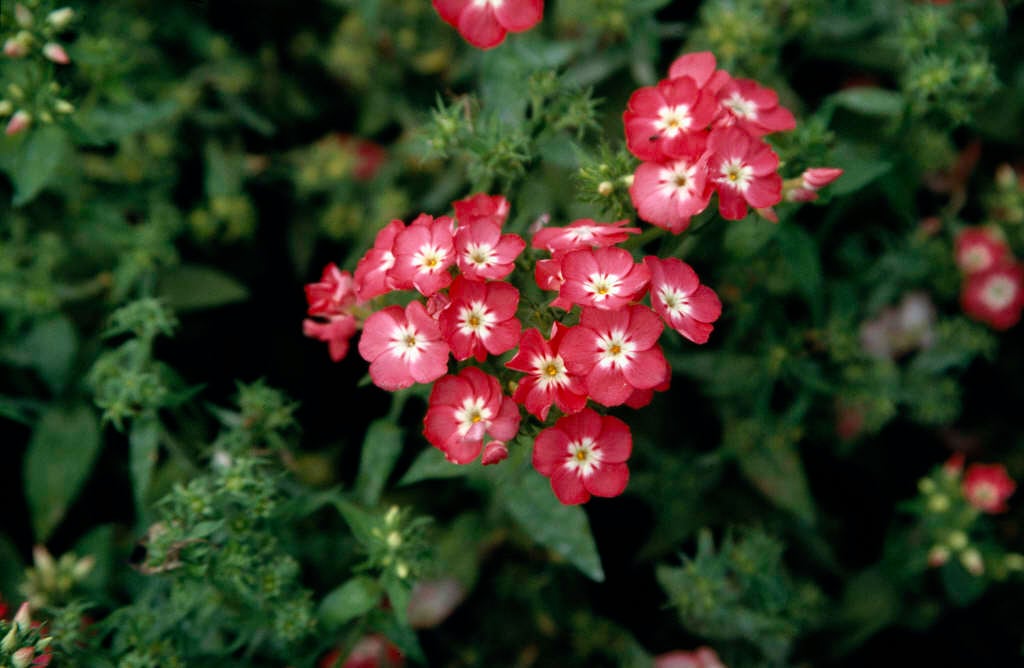Not the plant you're looking for? Search over 300,000 plants
Annual Biennial
Size
Ultimate height
0.1–0.5 metresTime to ultimate height
1–2 yearsUltimate spread
0.1–0.5 metresGrowing conditions
Chalk
Loam
Sand
Moisture
Well–drainedpH
Acid, Alkaline, NeutralColour & scent
| Stem | Flower | Foliage | Fruit | |
| Spring | Pink Purple Red White | Green | ||
|---|---|---|---|---|
| Summer | Green | |||
| Autumn | ||||
| Winter |
Position
- Full sun
- Partial shade
Aspect
East–facing or South–facing
Exposure
Exposed or Sheltered Hardiness
H6Botanical details
- Family
- Polemoniaceae
- Native to GB / Ireland
- No
- Foliage
- Deciduous
- Habit
- Bushy
- Genus
Phlox may be evergreen or herbaceous, mat-forming or erect perennials or shrubs, with simple leaves and salver-shaped flowers in terminal clusters
- Name status
Accepted
How to grow
Cultivation
Grow in fertile, moist soil in full sun or partial shade. See phlox cultivation for further advice
Propagation
Propagate by seed sown at 13-18°C in early spring
Suggested planting locations and garden types
- City and courtyard gardens
- Cottage and informal garden
- Patio and container plants
- Cut flowers
- Flower borders and beds
Pruning
Cut back after flowering
Pests
May be susceptible to leaf gall and phlox eelworm
Diseases
Susceptible to powdery mildews and a leaf spot
Get involved
The Royal Horticultural Society is the UK’s leading gardening charity. We aim to enrich everyone’s life through plants, and make the UK a greener and more beautiful place.
